The bittersweet feeling of longing for past experiences or moments is something that many of us can relate to. But have you ever wondered why photography has such a profound effect on our sense of nostalgia? In this article, we delve into the psychology behind nostalgia and how photography plays a significant role in triggering these emotions.
The Science of Nostalgia
Nostalgia is not just a wistful longing for the past; it is a complex psychological experience that has been studied extensively. According to research, nostalgia serves important psychological functions, including:
- Providing comfort and connection to our past experiences
- Fostering a sense of continuity and personal identity
- Boosting mood and well-being
- Helping us cope with existential concerns
Photography, with its ability to freeze moments in time, taps into these functions and amplifies the nostalgic experience. Here’s how:
Preserving Memories
Photographs capture specific moments, people, and places in our lives. They create tangible evidence of our past experiences. When we stumble upon old photographs, we are instantly transported back to the time they were taken. The visual cues present in the photographs trigger memories and evoke the associated emotions. This ability to preserve memories makes photography a time machine that allows us to relive cherished moments.
Visual Triggers
Our brains process visual information faster than any other form of sensory input. When we look at a photograph, our minds are flooded with sensory details, colors, and familiar faces. These visual triggers activate various brain regions associated with memory, emotion, and recognition. As a result, we experience a flood of emotions and memories associated with the captured moment, intensifying our nostalgic feelings.
Capturing Emotion
Photography not only freezes a moment visually but also captures the emotions present in that moment. A genuine smile, a tear of joy, or a look of excitement can be etched in a photograph. When we revisit these photographs, we not only remember the event, but we also reconnect with the underlying emotions. These emotions have the power to transport us back in time and evoke a sense of nostalgia.
The Impact of Nostalgia
Nostalgia, triggered by photography, can have a profound impact on individuals. Here are some key takeaways:
- Nostalgia can provide comfort and solace during difficult times, acting as a form of self-soothing
- Revisiting past positive experiences can boost our mood and overall well-being
- By reconnecting with our past, nostalgia can foster a sense of continuity and personal identity
- Nostalgic feelings can help us cope with existential concerns by reminding us of our meaningful connections with others and the world
It’s important to note that while nostalgia can bring happiness and comfort, excessive indulgence in it can also hinder personal growth and hinder the ability to adapt to change.
Conclusion: The Power of Photography
Through the science of nostalgia, we can understand why photography has such a profound impact on our emotions and memories. The ability of photographs to preserve memories, trigger visual cues, and capture emotions makes them a remarkable tool for transporting us back to the past. Whether flipping through old photo albums or scrolling through digital galleries, photography serves as a gateway to our cherished memories.
So the next time you find yourself lost in nostalgia while gazing at a photograph, remember that it is more than just a picture; it is a portal that can transport you to the past and ignite a whirlwind of emotions.
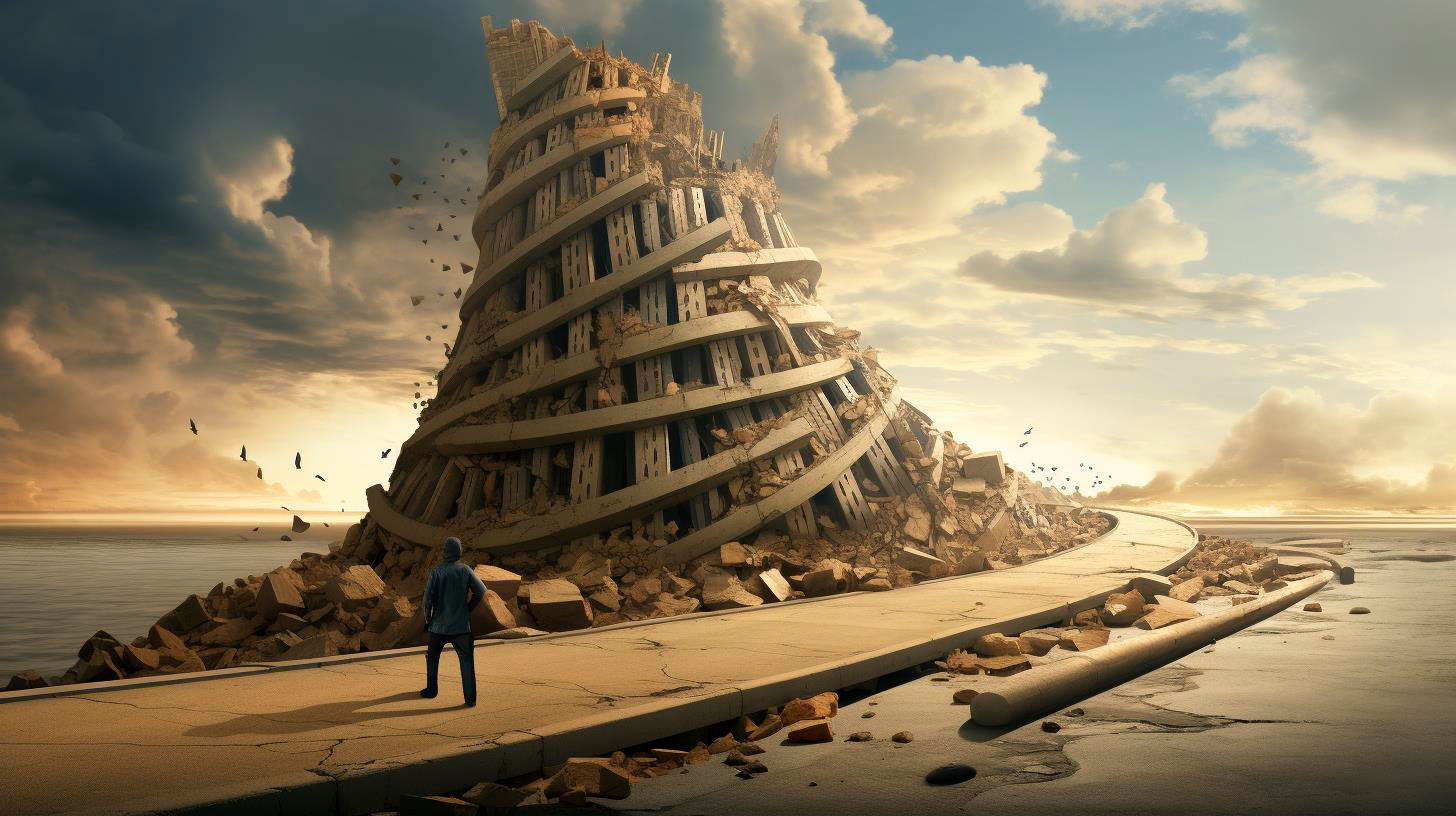
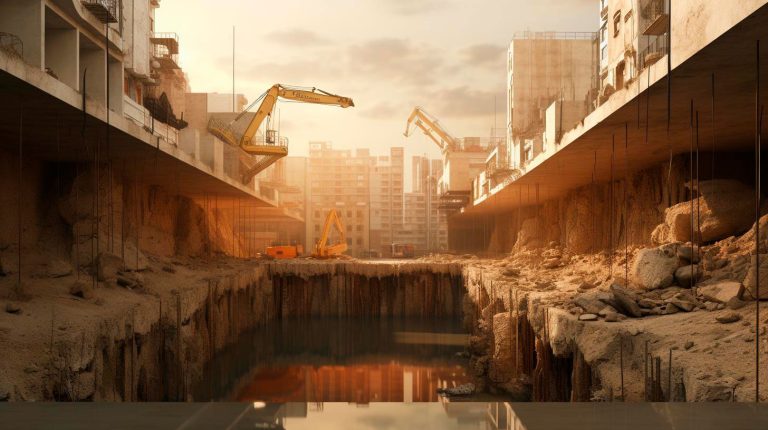

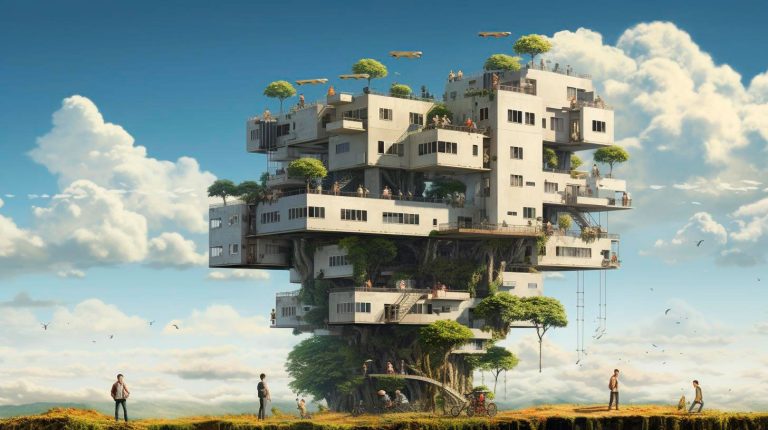
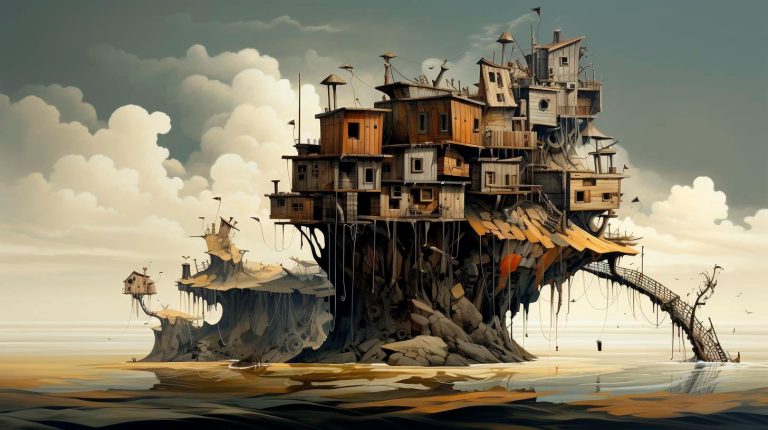






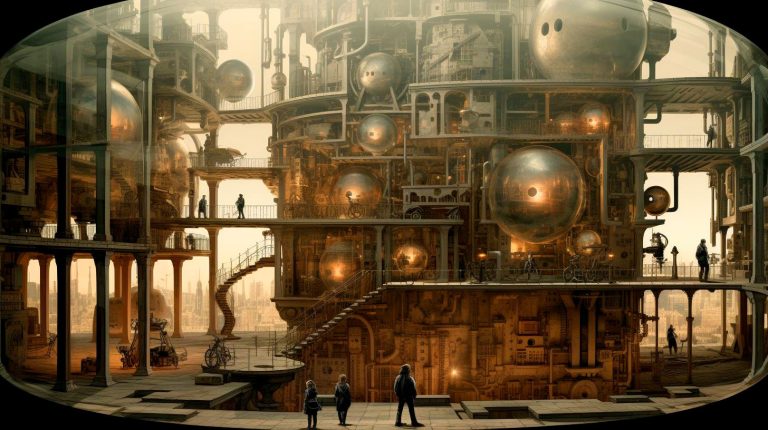








+ There are no comments
Add yours